Scottish faith leaders speak out against assisted suicide
On Thursday 18th May Bishop John Keenan, Bishop of Paisley and Vice-President of the Bishops’ Conference of Scotland, joined the Rt Rev Iain Greenshields, Moderator of the Church of Scotland and Imam Shaykh Hamza Khandwalla, Imam of Dundee Central Mosque, at the Scottish Parliament to sign a statement urging MSPs to vote down a proposal to legalise assisted suicide in Scotland.
The joint statement expresses “deep concern” that assisted suicide “inevitably undermines the dignity of the human person” and that it could “put pressure on vulnerable individuals to opt for assisted suicide.”
The statement ends with a firm commitment by the Church of Scotland, Roman Catholic Church, and the Scottish Association of Mosques to oppose assisted suicide and euthanasia.
Bishop John Keenan said: “Assisted suicide attacks human dignity and results in human life being increasingly valued on the basis of its efficiency and utility. Implicit in legal assisted suicide is that an individual can lose their value and worth.
“Evidence from countries where assisted suicide or euthanasia is legal shows that vulnerable people feel pressured to end their lives through fear of being a burden. In such situations the option of assisted suicide is less about having a ‘right’ to die and more about feeling the full weight and expectation of a duty to die.
“When vulnerable people, including the elderly and poor, express concerns about being a burden, the appropriate response is not to suggest that they have a duty to die; rather, it is to commit to meeting their needs and providing the care and compassion they need to help them live.”
Later this year Liam McArthur MSP is expected to present a bill before the Scottish Parliament proposing the legalisation of assisted suicide.
In their Joint statement the faith leaders said: “On behalf of the faith communities we represent, we wish to express our deep concern about the proposed Assisted Dying for Terminally Ill Adults (Scotland) Bill, which will shortly be considered by the Scottish Parliament. Our faith traditions are united in the principle that assisted dying in itself inevitably undermines the dignity of the human person, and to allow it would mean that our society as a whole loses its common humanity.”
“The ways in which similar laws in other countries are being applied, and the effect that its introduction would have on some of the most vulnerable in our society, including the disabled and the elderly, would be extremely detrimental.” The statement ends with a call to “Members of the Scottish Parliament to consider carefully the implications of this Bill, to express their concerns, and to vote against it.”
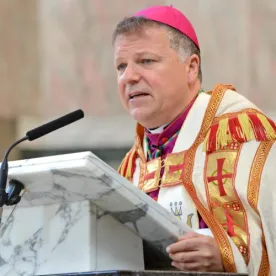


Scottish faith leaders speak out against assisted suicide Read More »




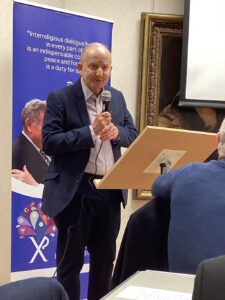

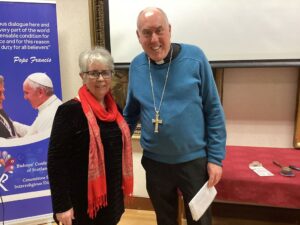






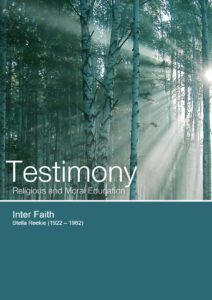


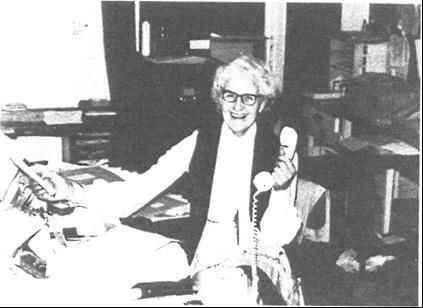
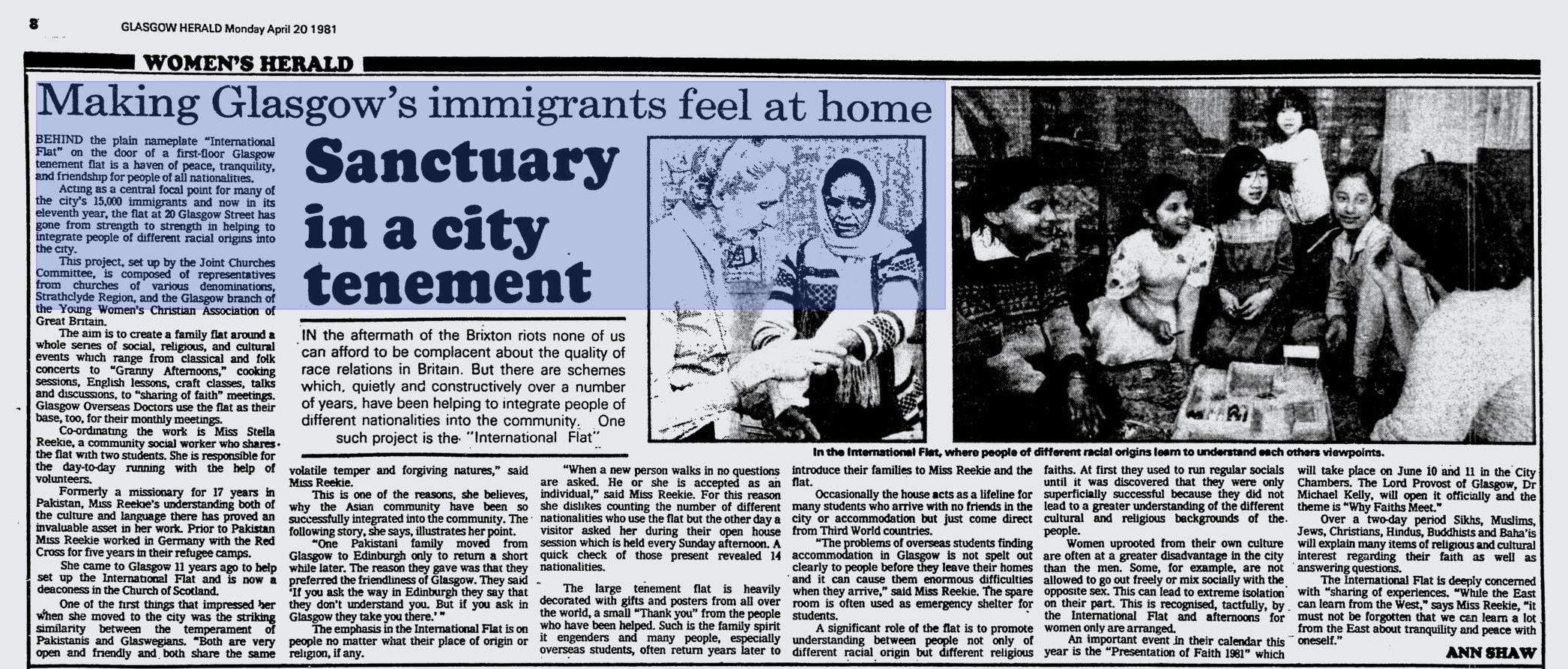

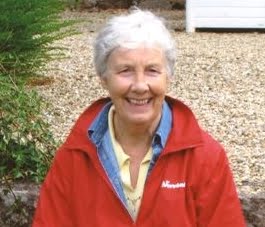
 We began by reflecting on a series of illustrations of statues found in many medieval cathedrals around Europe, sometimes carved standing side by side, sometimes standing on either side of the entrance They depict
We began by reflecting on a series of illustrations of statues found in many medieval cathedrals around Europe, sometimes carved standing side by side, sometimes standing on either side of the entrance They depict 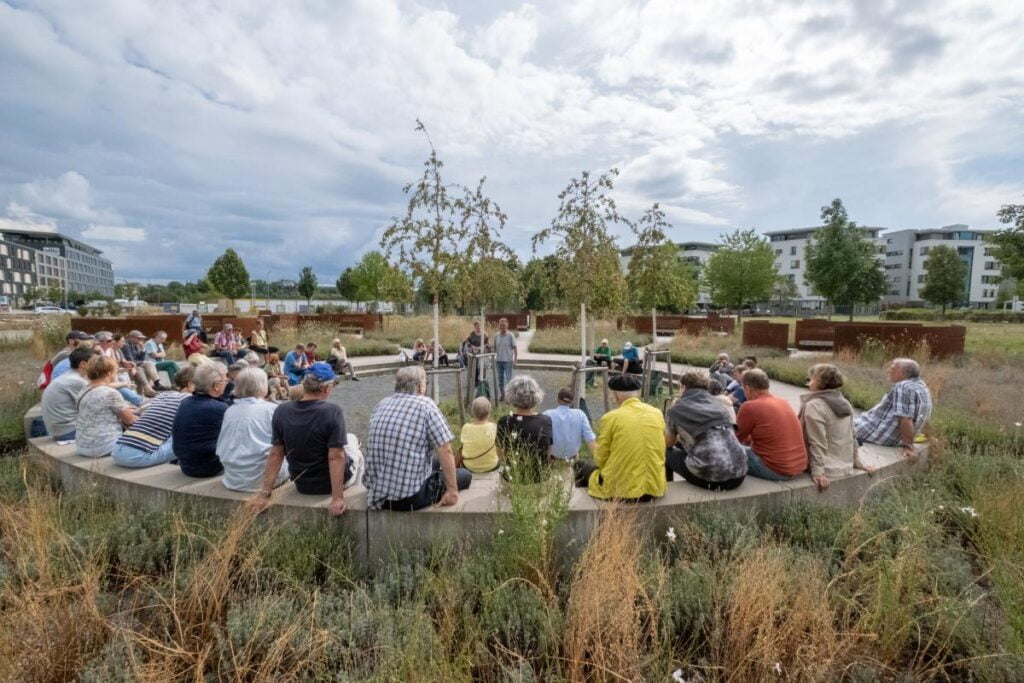

 Jesus in the gospel challenges his host and his friends to extend their horizons and to offer hospitality to people who are not part of their cosy and select little social scene. He challenges them to move out beyond the familiar, to what is strange and unsettling and messy and foreign to them
Jesus in the gospel challenges his host and his friends to extend their horizons and to offer hospitality to people who are not part of their cosy and select little social scene. He challenges them to move out beyond the familiar, to what is strange and unsettling and messy and foreign to them